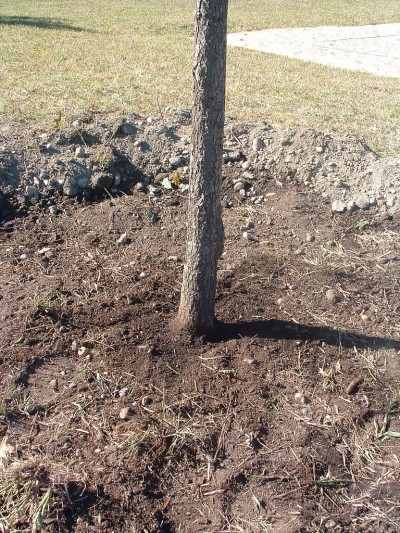






It’s always sad when we lose a tree or a plant that we really loved. Perhaps it fell victim to an extreme weather event, pests or a mechanical accident. For whatever reason, you really miss your old plant and want to plant something new in its place. Planting where other plants died is possible but only if you take appropriate actions, especially when disease issues are involved — which may result in replant disease. Let’s learn more about avoiding replant disease.
Replant disease does not impact all new plants in old spaces, but it can cause problems when you are planting the same species back in the old space. For some reason, that is not well understood, some plants and trees are very sensitive to replant disease.
Replant disease is caused by lingering soil bacteria, which stunts growth and can kill plants, trees and shrubs. Here are some plants that are especially sensitive to replant disease:
Plants, trees or shrubs that are dead need to be removed completely, including the roots. Whole plants, parts or other debris should always be placed in the garbage, burned or taken to the dump. It is important not to place any plants parts that may be diseased into the compost pile.
If the removed plant died from disease, do not spread the contaminated soil to other parts of the garden. All garden tools that were in contact with contaminated soil needs to be sterilized as well.
If a potted plant has died from disease, it is important to dispose of the plant and all of the soil (or sterilize it). The pot and water tray should be soaked for 30 minutes in a solution of one part bleach and nine parts water and rinsed thoroughly. Once the pot is dry, replace the old planting soil with new disease-free planting material.
Unless contaminated soil is completely fumigated or replaced, it’s best not to plant the same variety back in the area where the plant was removed. However, planting new plants in old spaces is not difficult as long as the old plant has been properly removed and proper attention paid to soil sanitation. If disease is involved, the process becomes a little trickier, requiring particular attention to soil sanitation.
Add plenty of fresh organic soil matter to the place where the diseased plant was removed from before planting something new. This will give the plant a head start and hopefully ward off any infections.
Keep the plant well watered, as a plant under stress is more likely to succumb to disease than a healthy plant.
Copyright © www.100flowers.win Botanic Garden All Rights Reserved